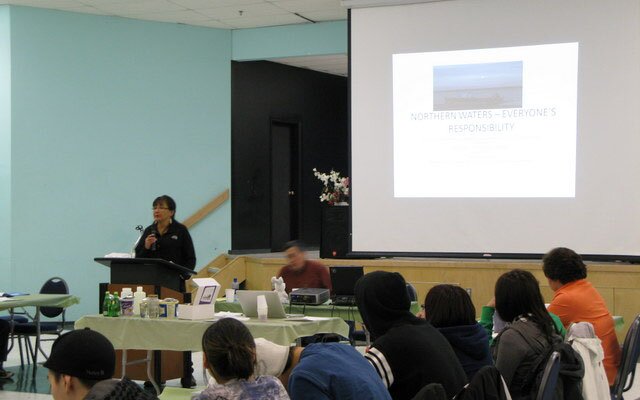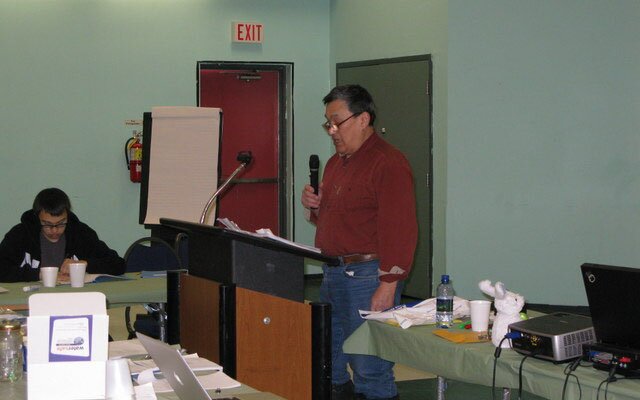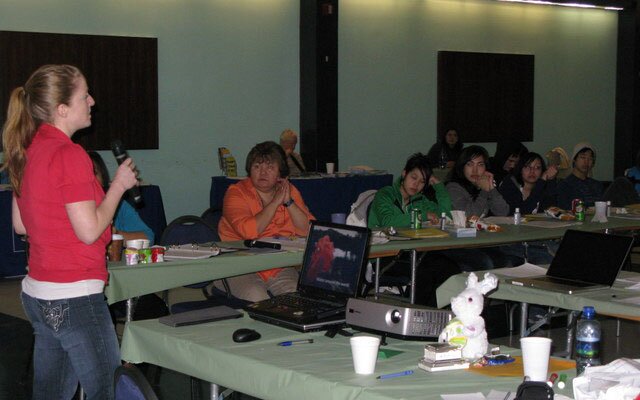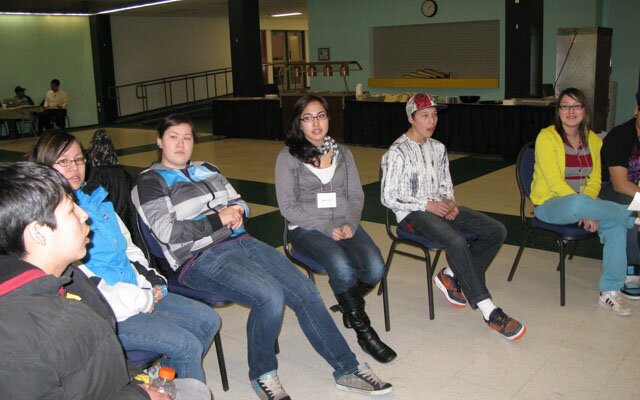Abstract from Pan-Arctic Results Workshop – Ottawa, Feb 7-10, 2011
The Inuvialuit Settlement Region (ISR) sits above the 68th parallel and related climate changes are already present. Specifically, changing water temperatures are causing shifts to aquatic ecosystems. In addition, melting permafrost on the riverbanks could cause additional release of contaminants into water sources. Microbes and contaminants, which may be present in water sources and are relevant to human health, may be impacted by the ongoing changes related to climate. An understanding of the microbes and contaminants relevant to human health, and measurement of the prevalence in water sources, is required so that appropriate public health responses may be planned and implemented.
This project had two goals. The first goal was to collect samples from water sources in three communities in the Inuvialuit Settlement Region Aklavik, Tuktoyaktuk and Ulukhaktok to identify microbes and contaminants that might have been present. Within these communities, short interviews were also conducted with Elders, to identify any concerns around water quality, and to determine their views on how climate change may be affecting the waters of their homelands. The second goal includes an educational component. During the Inuvialuit Regional Corporation (IRC) Youth Town Hall Forum on Education in Inuvik, presentations on water quality and discussion groups were held with youth from ISR communities. A primary focus for the educational component was to introduce youth to the concept of stewardship, and their future responsibilities.







































